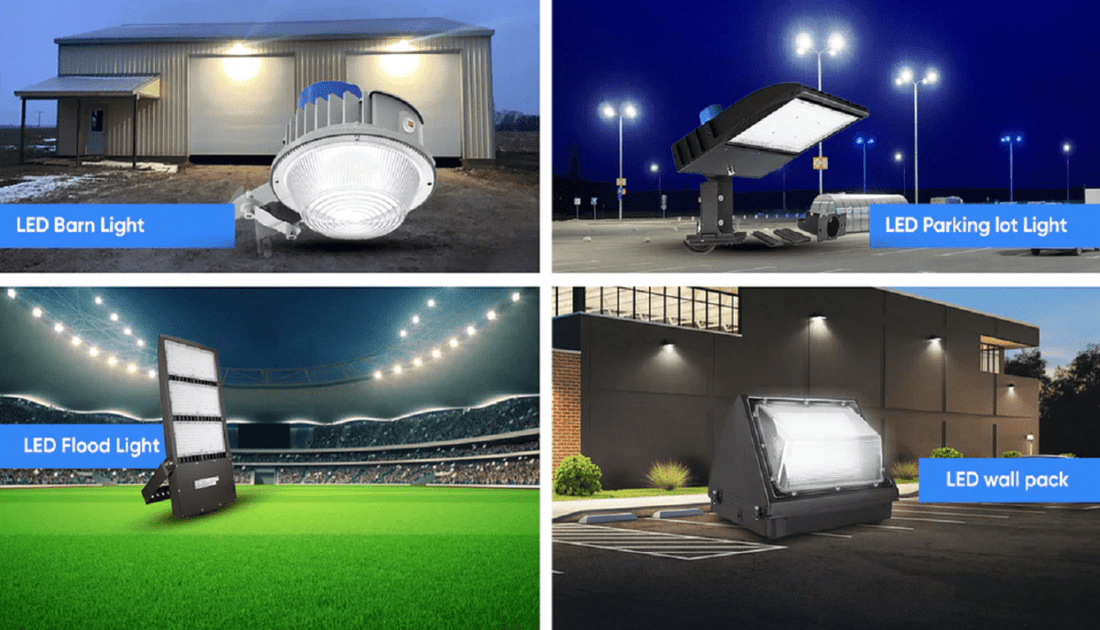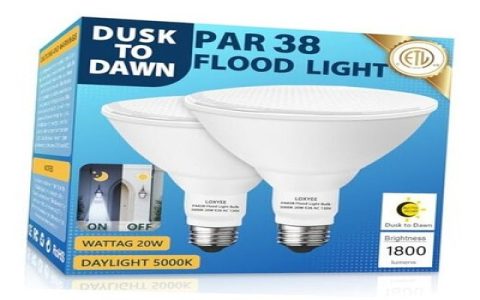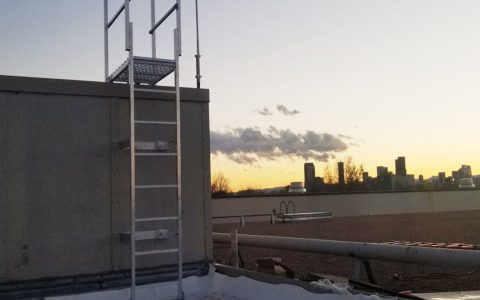Dawn to Dusk lights and Normal (manual/scheduled) lights serve distinct purposes. Choosing the "better" option depends entirely on the specific application and user priorities. Here's a comparison across key factors:
Dawn to Dusk Lights (Photocell Activated)
These fixtures automatically turn on at dusk and off at dawn using an integrated photocell sensor.
- Automation & Convenience: Offers hands-free operation. Ideal for security lighting, pathways, and outdoor areas needing continuous dusk-to-dawn illumination without user intervention.
- Consistency: Adjusts daily based on natural light levels, ensuring lights are always active during nighttime hours regardless of seasonal sunset/sunrise changes.
- Energy Efficiency (vs. Manual On): Prevents lights from accidentally being left on all day, saving significant energy compared to manual lights forgotten in the "on" position.
- Potential Drawbacks: Cannot be manually overridden at the fixture (usually requires overriding the circuit breaker or switch). Runs all night, potentially using more energy than a scheduled system if illumination isn't required for the entire night. Photocells can be obscured by dirt, debris, or deep overhangs, affecting function.
Normal Lights (Manual / Switch / Timer / Smart Scheduled)
This category includes lights controlled by a physical switch, timer, or smart home system.

- Flexibility & Control: Provides precise user control. Can be turned on/off exactly when needed. Schedules can be programmed via timers or smart systems for specific hours.
- Potential Energy Savings: Allows turning lights off during unused night hours (e.g., after bedtime) or only activating them when motion is detected, potentially offering higher efficiency than all-night dusk-to-dawn operation.
- Adaptability: Suitable for varied scenarios: ambient indoor lighting, task lighting, decorative lighting, or outdoor areas where light is only needed intermittently.
- Potential Drawbacks: Manual lights rely on user action; they might be left on unnecessarily or forgotten off when needed. Timers require resetting for daylight saving time or seasonal changes. Requires user setup and management.
Key Decision Factors
- Need for Automation: Is automatic, unattended operation critical (e.g., security, always-lit entrance)? Choose Dawn to Dusk. Is specific timing or on-demand control needed? Choose Normal/Smart controls.
- Required Illumination Period: Does the location need light all night? Dawn to Dusk is suitable. Is illumination only needed for specific hours or triggered by events (e.g., motion)? Normal/Smart controls (potentially with motion sensors) are better.
- Energy Efficiency Priority: Dawn to Dusk prevents daytime waste but runs all night. Smart/Normal controls offer the highest potential for savings via precise scheduling/motion activation. Manual switches are inefficient if forgotten on.
- Location & Photocell Reliability: Can the photocell get sufficient unobstructed ambient light to function correctly? If not (e.g., under a deep porch), Normal/Smart controls are necessary.
Conclusion
Neither is universally "better."
- Dawn to Dusk Lights excel in providing reliable, unattended security and area lighting for entire nights where automation and consistency are paramount (e.g., streetlights, building perimeters, rural driveways).
- Normal/Smart Controlled Lights offer superior flexibility, precise control, and the highest potential for energy savings through scheduling and motion activation. They are ideal for most indoor applications, decorative lighting, patios used only evenings, and areas where light isn't required continuously all night.
The optimal choice hinges on evaluating the specific use case against the factors of automation needs, desired illumination period, energy efficiency goals, and control preference.






